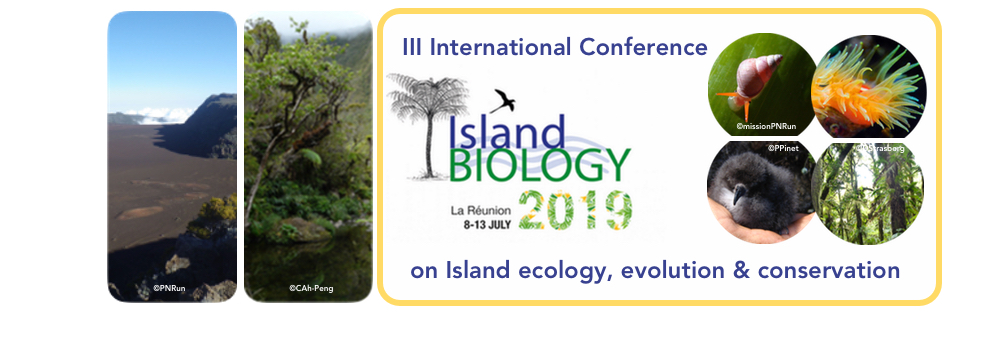Oceanic islands provide unique systems to uncover ecological and evolutionary processes in species. Geographic isolation in combination with habitat diversity have favored processes of speciation and population divergences, leading to high rates of endemism and patterns of local adaptation. However, isolation also resulted in higher vulnerability to external disturbances, such as global climatic changes. Displaying large environmental gradients at small spatial scale, the recently emerged Reunion Island (about 2 Ma), appears as an exceptional laboratory to support such evolutionary studies. Coffea mauritiana is an endemic tree species from Reunion Island and Mauritius. Using genetic approaches, this study aimed to: (1) investigate population divergences of a widespread woody species in Reunion Island; (2) assess the impact of past climatic events on the species demography and its potential ecological niche. A large sampling of C. mauritiana was performed in Reunion Island, followed by genotyping-by-sequencing. Genetic diversity analyses revealed that C. mauritiana populations clustered in regional groups. The low dispersal abilities of the species and the heterogeneous rainfall pattern were pointed out as the main factors contributing to population divergences. Furthermore, SNP markers from a representative set of the C. mauritiana species were used to explore the past demographic history of the species. Demographic inferences revealed a reduction in the effective population size of C. mauritiana during the Last Glaciation Maximum (LGM). By comparing scenarios of paleo-distribution of the species with the present genetic diversity data of the species, a loss of habitat in the western part of the island was suggested in association with a decrease in rainfall and temperature. In conclusion, results on the distribution of C. mauritiana genetic diversity provide guidance for the management of plant conservation on the island. The present work also emphasizes the importance of heterogeneous rainfall pattern as a factor of population differentiation in Reunion Island. Finally, studying the past history of the species provides new insights into Reunion Island forest response to climate change.

|
|
|
|
Factors of population divergence and past demographic history in an endemic tree (Coffea mauritiana) from Reunion Island
1 : Institut de Recherche pour le Développement
(IRD [France-Sud])
* : Corresponding author
IRD, DIADE, University of Montpellier
911 avenue Agropolis,BP 6450134394 Montpellier cedex 5 -
France
|
| Online user: 59 | RSS Feed |

|
 PDF version
PDF version